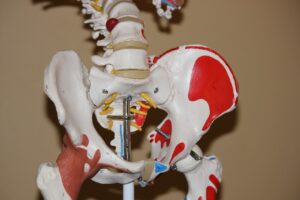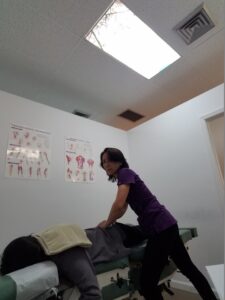.s
Back to Health with Correct Ergonomics and Chiropractic Care: Driving Posture (Part 6) is about how to make changes in your daily life for better posture and health. So posture is the way that you hold your body at any given moment, whether sitting, standing, or being active. And ergonomics is a science dedicated to studying human posture that is most healthy for our bodies.
Many patients seek chiropractic care for pain relief. However, your chiropractor should also help you decide which aggravating activities are unnecessary and must be eliminated. This is important for prevention of rein-jury and for further future trauma.
Get started with some facts in our latest post regarding Driving Posture.

Back to Health with Correct Ergonomics and Chiropractic Care: Driving Posture (Part 6)- “Car Posture”
Of course, how many hours per day you spend in your car is a major factor. However, the type of lumbar (low back) support you have is important.
When you have inadequate lumbar support, this causes a posture of a loss of your normal lumbar lordosis (curve). Next, your chest “collapses” along with the forward rounding of your shoulders. Furthermore, your head may extend into a more anterior (front) position.
Most cars have seats with little or no lumbar support. So most people spend many hours per day looking over the dashboard in a forward head posture. In conclusion, this results in muscle and joint strain.
Therefore, you must have an adequate lumbar support of some kind. This support is necessary whenever riding in a car whether as a driver or passenger. Some car seats now have a built-in adjustable lumbar support. Moreover, if not, you can purchase one or make one.
Making a Lumbar Support at Home
Firstly, to make a lumbar support, a firmly rolled towel will suffice. It provides a desirable combination of firmness and resilience. Secondly, try to make it approximately 12 inches wide and 3-4 inches in diameter. Thirdly, it should be placed in the seat back at the height about where a belt would normally go around your waist. The support can be adjusted up or down on the seat for comfort. Fourthly, the towel roll can be used as a more permanent lumbar support. This is either in the car, at home or in the office. In addition, you could even slip it into an attractive cover and tye it to the seat. This will make it easier to use. Fifthly, it is important that the size of the roll be an appropriate fit for you.
Seated posture which completely eliminates your lumbar lordosis may feel helpful for brief periods. This is due to the postural variation occurring. But can, by itself, cause muscle strain if maintained for a prolonged time, as when driving a car. To relieve tension during prolonged sitting, you should stretch regularly by changing your position.
Finally, any type of seating should allow for body symmetry and support of the normal spinal curves with a minimum of muscular energy.

Your chiropractor is your partner in your healthcare. At Meiri Chiropractic in West Palm Beach, we’ll work with you to get the relief and health you need through chiropractic care. Together, we can be on the lookout for life and work situations where you experience pain in relation with poor posture. Pain is our body’s way of warning us of problems, so don’t ignore it. Shape up your life! Check your posture today.📞Contact Meiri Chiropractic today at 561-253-8984 to make an appointment or to learn more about Back to Health with Correct Ergonomics and Chiropractic Care: Driving Posture (Part 6).











